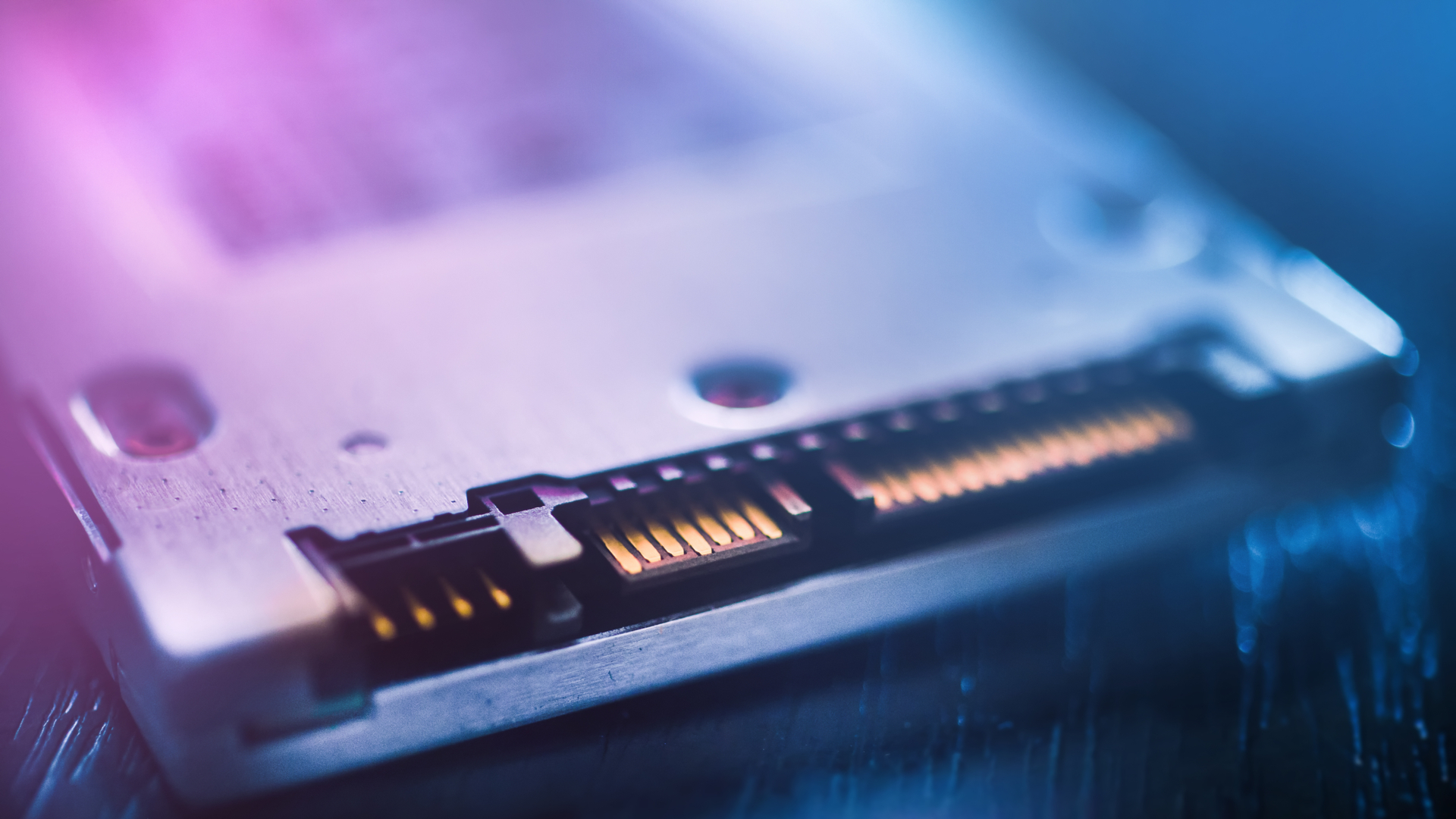Are SSDs as reliable as HDDs now?
Latest BackBlaze Drive Stats report seems to suggest they are

Solid state drives (SSDs) have come a long way in the past few years but now new data from Backblaze's latest Drive Stats report suggests they've become as reliable as hard disk drives (HDDs).
The cloud storage and cloud backup provider publishes annual as well as quarterly Drive Stat reports on the performance of the drives that make up its two exabytes of data storage. Up until last year though, these reports were focused solely on the performance of its HDDs.
With the release of its 2021 Drive Stats report, Backblaze has provided further insight on the performance of the SSDs it uses as boot drives in its storage servers. The company first began using SSDs this way at the end of 2018 though it also uses them to store log files and temporary files created by its servers according to principal cloud storage storyteller at Backblaze, Andy Klein.
Since introducing SSDs in its storage servers in 2018, the company has now amassed a total of 2,200 SSDs with some running in its servers for a longer period of time than others.
SSD failure rates
In a new blog post, Klein broke down the data of Backblaze's 2021 Drive Stats report by manufacturer, model and usage days to determine the failure rates of each of the SSDs it's currently using for both its cloud storage and cloud backup services.
For instance, the 500GB Crucial CT250MX500SSD1 and the 2TB Seagate ZA2000CM10002 SSD both had high annualized failure rates (AFR) of 43.22 percent and 28.81 percent respectively though these two drivers were outliers. Meanwhile the 240GB Micron MTFDDAV240TCB SSD had a 7.63 percent AFR while the rest of the Seagate SSDs in Backblaze's arsenal had an AFR that was less than one percent. To put this in perspective, the average AFR for Backblaze's 24 different HDD models was 1.01 percent during the same time period.
Surprisingly, none of the company's 500GB Dell DELLBOSS VD SSDs failed despite being in operation for 12,560 days and the same was true for its 500GB Seagate ZA500CM10002 which were used for about half the time with 6,346 days in operation.
Sign up to the TechRadar Pro newsletter to get all the top news, opinion, features and guidance your business needs to succeed!
According to Klein, Backblaze usually expects to see a one to two percent annual failure rate for each of its SSDs though “anything less is great and anything more bears watching”. One of the ways in which the company watches the performance of both its HDDs and now SSDs is by tracking quarterly results.
Backblaze has made its 2021 drive data available for anyone to download and analyze on their own and we'll likely know more about the reliability of SSDs when the firm publishes its next Drive Stats report covering SSDs later this year.
- We've also featured the best SSD and the best portable SSD
Via The Register
After working with the TechRadar Pro team for the last several years, Anthony is now the security and networking editor at Tom’s Guide where he covers everything from data breaches and ransomware gangs to the best way to cover your whole home or business with Wi-Fi. When not writing, you can find him tinkering with PCs and game consoles, managing cables and upgrading his smart home.
